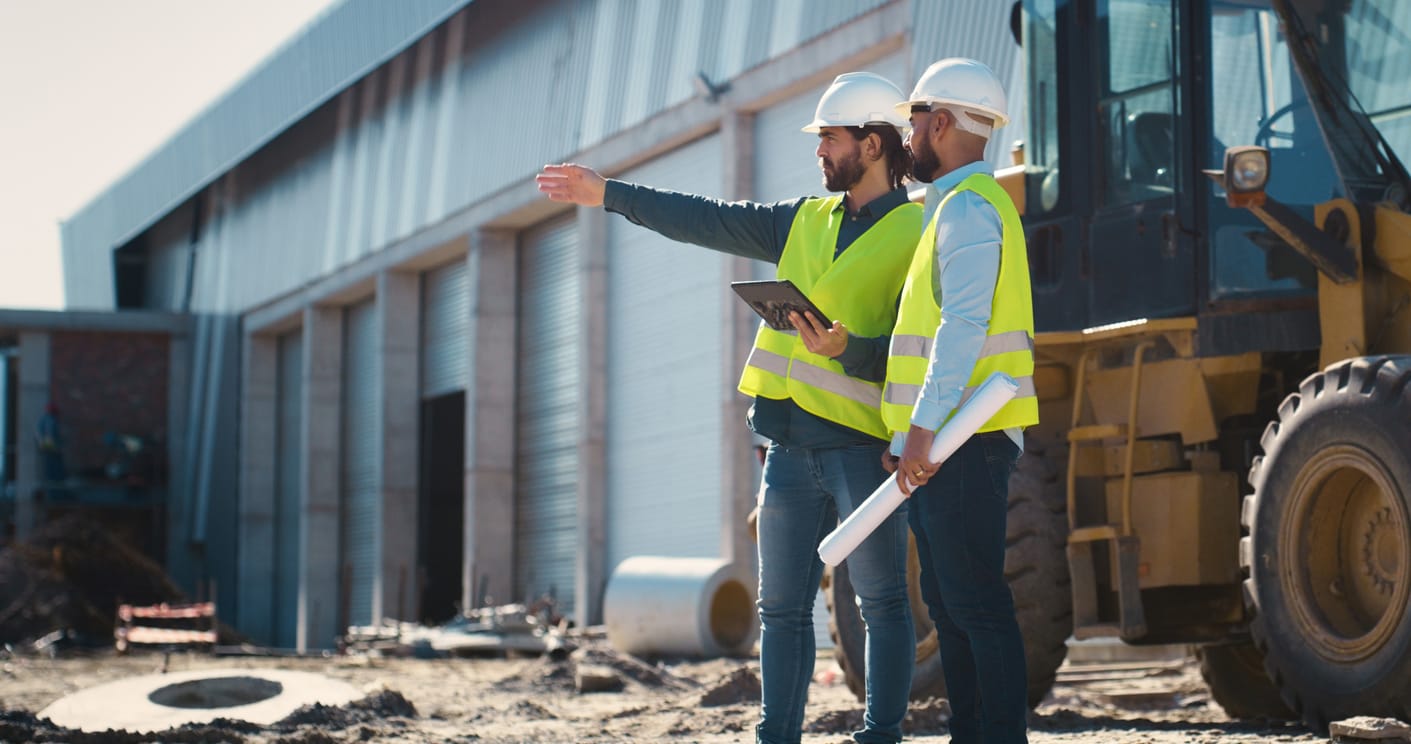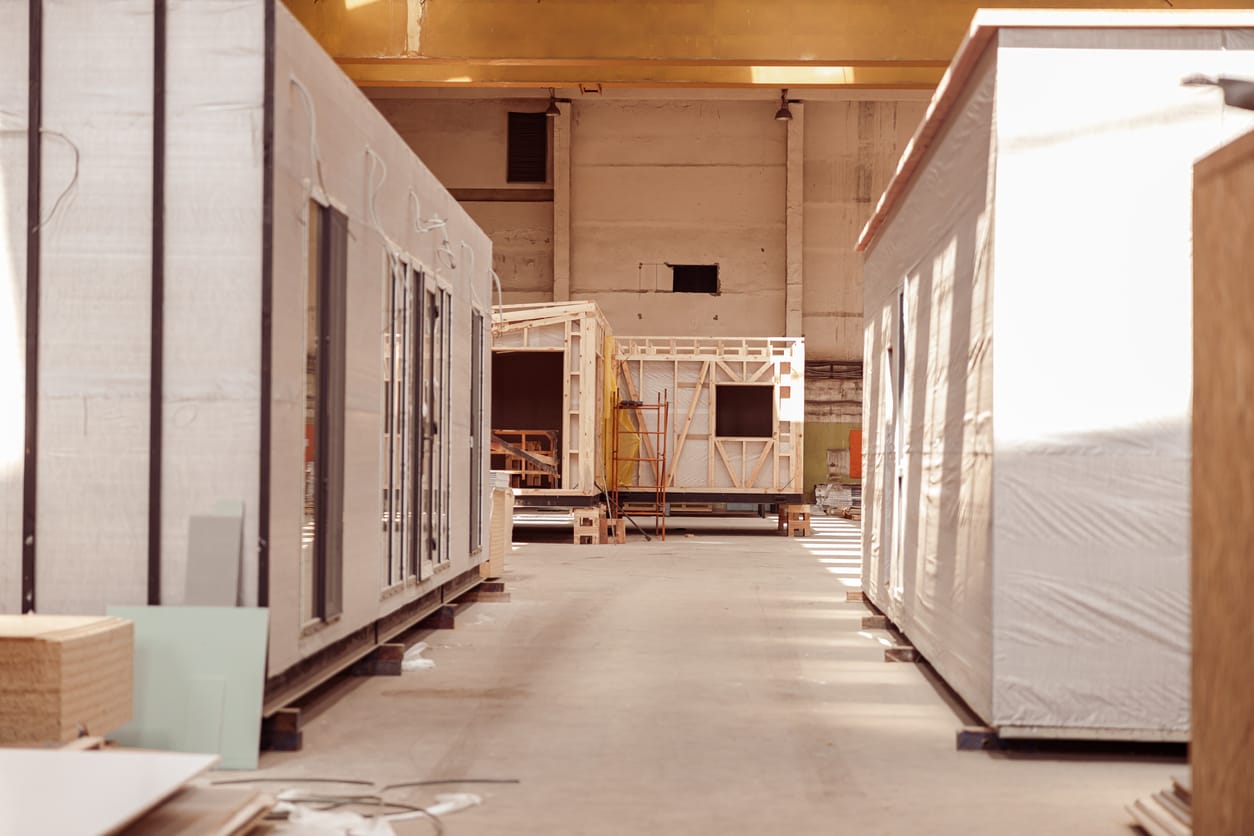
Tired of slow, unreliable internet hindering your construction site operations? In 2024, the construction industry in the UK is undergoing a much-needed digital revolution. With tools like Building Information Modeling (BIM), construction management software, real-time collaboration platforms, and smart safety systems becoming increasingly commonplace, reliable internet connectivity is now essential on any site. However, as promising as this digital shift is, one major barrier remains, Wi-Fi and wireless connectivity continues to be an issue on new construction sites.
A growing number of construction professionals are raising concerns about poor or inconsistent Wi-Fi connectivity, especially during the setup phase of new project sites. According to findings from the PlanRadar 2024 industry survey, over 70% of UK construction firms admit they face significant challenges implementing new technologies—including wireless connectivity—across their projects. While the survey didn’t provide an exact count of new sites affected, it paints a clear picture: Wi-Fi access is far from guaranteed, and the consequences are costing the industry dearly in productivity, safety, and communication.
So why is Wi-Fi such a struggle on Construction Sites?
- Temporary Infrastructure
Most construction projects begin on essentially a blank canvas—empty land, a few portable cabins, and some basic utilities. There’s rarely existing broadband infrastructure, and installing it (e.g., trenching for fibre) can be slow, costly, or logistically impossible during early site phases.
- Remote and Rural Locations
Many new developments are located outside urban centres, where mobile coverage is spotty and fixed-line broadband is unavailable. This makes remote connectivity a recurring pain point, especially for projects in rural or coastal regions.
- Signal Interference and Obstruction
Construction materials like steel, concrete, and metal cladding can severely weaken or block Wi-Fi signals. Container-style site offices, temporary cabins, and scaffolding further complicate signal propagation, often leaving workers without reliable coverage.
- High Bandwidth Demands
Modern construction sites may have dozens (or even hundreds) of devices connected to the network—everything from laptops and tablets to IoT safety sensors and site cameras. Standard consumer routers simply can’t keep up with the load.
- Changing Site Layouts
As the project evolves, so does the physical layout. Access points that worked in week one might become obstructed or useless by week six. This dynamic environment requires a flexible and adaptive network solution. All these struggles convert to poor connectivity which go beyond mild frustration. In many cases, a lack of reliable internet access causes real operational inefficiencies:
We understand the unique challenges of construction sites. That’s why we offer Hybrid Internet Solutions to fast track your construction sites progress. So why is it so difficult to get solid wireless connectivity on new construction sites in the UK? It comes down to a few recurring challenges:
- Delays in reporting and approvals
Workers and supervisors can’t access drawings or upload site photos in real time. - Increased risk
Safety systems such as digital incident reporting, CCTV, and GPS tracking rely on constant connectivity. - Communication breakdowns
Without VoIP systems or online collaboration tools, teams become siloed, leading to errors and rework. - Reduced tech adoption
Project teams are less likely to adopt digital solutions like PlanRadar, Procore, or Autodesk Construction Cloud if the network can’t support them.
In short, when Wi-Fi fails, progress stalls.

Smart Steps for Reliable Connectivity
To solve these challenges, construction companies can discuss several solutions with our digital team here at Active Digital. We will start by conducting a digital connectivity survey. Identify whether 4G/5G coverage is strong, whether fibre is available, along with satellite and mobile multi network options.
We think smart.
Instead of relying on a single internet source, ensuring continuous uptime even in remote or unpredictable locations. We can deploy hybrid networks that combine:
- 4G/5G routers with external antennas
- Starlink or low-earth-orbit satellite as a backup
- Multi-network SIM cards for load balancing and failover
The Future: Connectivity as a Standard, not a Struggle
We partner with several UK-based firms including Fli-Fi who specialize in rapid-deployment Wi-Fi for construction. Partnering enables us to get our construction customers up and running onsite within 24-48 hours, providing instant connectivity with flexible contracts.

Final Thoughts
The findings of the PlanRadar survey should be a wake-up call for the UK construction sector. As more firms digitise their workflows, install IoT-enabled tools, and depend on real-time data, reliable connectivity isn’t a luxury; it’s a necessity.
Just as health and safety protocols are rigorously planned, so too should site connectivity be included in the earliest stages of project setup. By addressing connectivity challenges with hybrid networks and using expert partners such as Active Digital, can boost productivity, reduce downtime, and help you stay ahead in a fast-changing industry.
New construction projects shouldn’t start at a disadvantage. The tools exist to deliver seamless, high-performance internet from day one—no matter the site conditions. It’s time for construction leaders to recognise connectivity as a mission-critical investment, not an afterthought. By learning from industry data like the PlanRadar survey and taking proactive steps, the UK construction sector can finally bridge the Wi-Fi gap and build a more connected, productive future with Active Digital.
Contact the Digital Team Today
01892 835522
Request a callback


